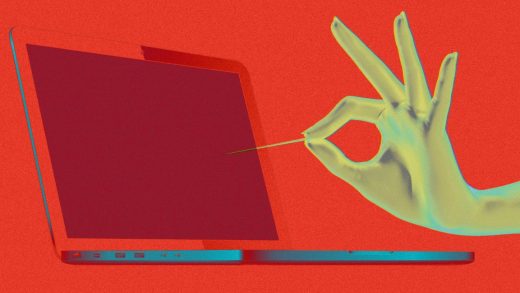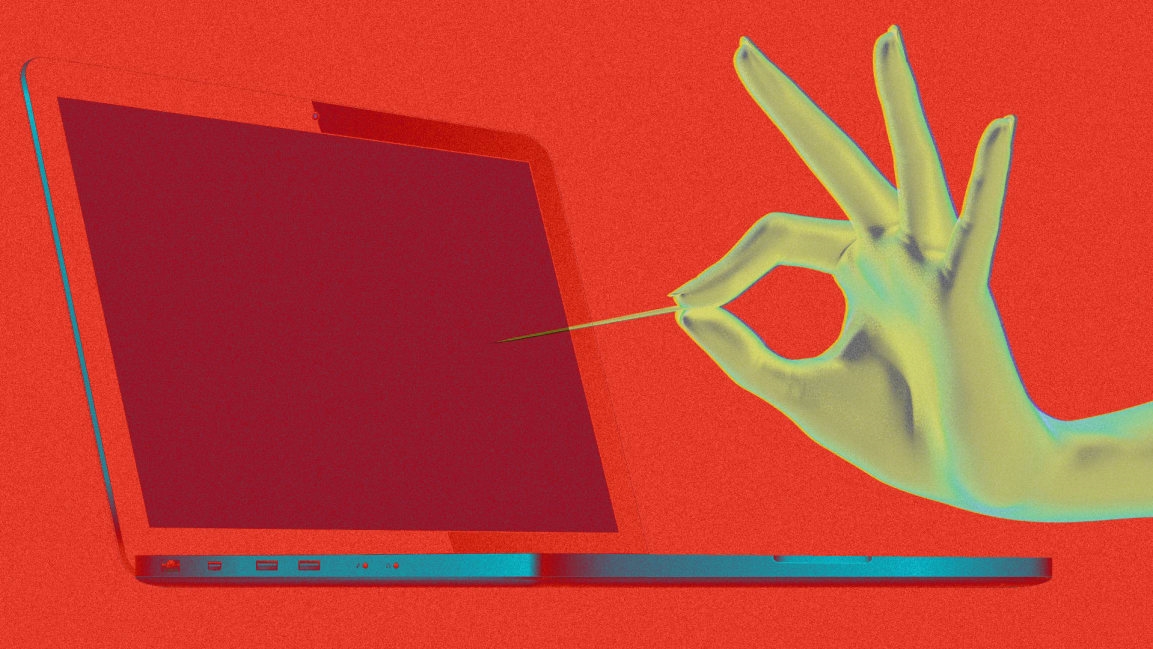One potential consequence of remote work? More bullying
Getting a handle on workplace culture is easier when everyone is working in an office together. When employees are working remotely, however, it can leave the door open to problems. If your organization hasn’t intentionally developed remote workplace standards, your employees could be at risk of feeling bullied, says Janine Yancey, founder and CEO of the workplace culture organization Emtrain.
“Toxicity in the workplace culture flows from not investing enough time at the micro level and as workforce and being deliberate about how we show up and interact with each other,” she says. “What we’re seeing already is more negative interactions between workers because working from home is broadening the view of what’s on the table top to discuss between coworkers.”
For example, a family member coming into the frame of the video-call frame or a distraction in the background of a phone call could become a potential topic of conversation between colleagues. Or a colleague may be working from the sofa and not have a dedicated home office.
“When we’re at the workplace, we’re all in the same situation, and a colleague’s home life is not visible,” says Yancey. “But now we’re all in different places. A colleague might make a little jab-by humorous comment about somebody else’s working conditions, shooting from the hip and not thinking what it may feel like to the other person.”
Many people are already in an anxiety-driven state, trying to handle the pandemic and the situations it has created. Offhanded, insensitive remarks could rub someone the wrong way. Yancey says teams must pull together and create shared language boundaries.
“Intangible dynamics can accelerate a team and its productivity or it can conversely create huge friction on the flywheel of an organization, so the output of a team is minimal,” she says. “You need to set some guard rails.”
Creating psychological safety
Emtrain’s 2020 Workplace Culture Report found that the single most determinate factor of whether a culture was healthy, productive, and strong was the norms and practices established within it.
“What that means for an organization and its leadership is that we must be intentional about how we show up to each other,” says Yancey. “It’s the opposite of everyone coming to work and being reactive. The human condition is typically reactive and not disciplined and intentional.”
To be effective, an organization must establish norms as well as a system for helping employees report if they feel uncomfortable or threatened, says Yancey. “They may give training and set policies and protocols, but they need to be intentional about the behaviors and interactions that happen within an organization,” she says.
Some people who engage in behavior that could be considered bullying do it unintentionally. They’re just not disciplined and aren’t thinking how their actions impact the people around them. Yancey suggests introducing a workplace color spectrum to report others.
“It’s a nice, easy shared language that is not adversarial,” she says. “Green is for healthy productive conduct that is all intentional. Yellow is our natural, more reactive state. This is when we don’t know how our actions affect others. Orange is a slippery slope, entering a toxic area. And red is full-on toxic.”
Employees can color-code interactions. “When we’re experiencing something that doesn’t feel right, without being too castigating or adversarial, we get people to back up,” she says. “You can say, ‘That felt orange or yellow.’ It’s a nice, soft way to tell a person they need to get back to green.”
Working remotely and getting a more dimensional view of colleagues provides both an opportunity and a challenge, says Yancey.
“As human beings, we’re most often in the yellow zone,” she says. “We’re on autopilot, reactive and going through tasks. We have to shift our brain into gear to be intentional. . . . We can have a newfound appreciation for what it takes for our colleague to show up and do a great job. They may have a house full of children or they’re caring for elders, and pre-COVID, we didn’t see that. It’s an opportunity to increase our empathy for one another.”
The challenge is that our strengths are our weaknesses and our weaknesses our strengths, says Yancey. “As we see more of the picture of each of our colleagues, it creates an opportunity to have judgments about people that are often not helpful,” she says. “This is an opportunity to be thoughtful how we interact with each other. The more intentional we can be with our actions, the better our output will be.”
(4)



